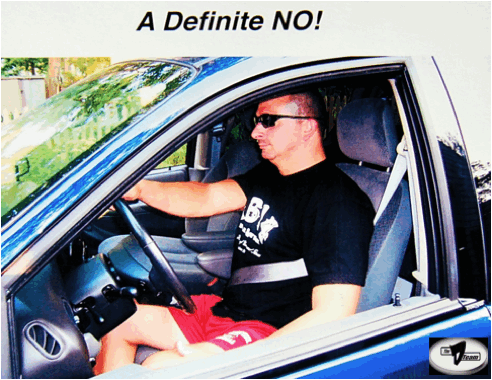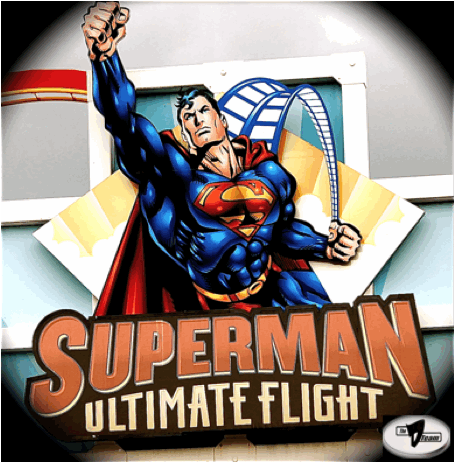Delaware Occupant Protection Laws
TITLE 21
Motor Vehicles
Operation and Equipment
CHAPTER 48. OCCUPANT PROTECTION SYSTEM
SAFETY ACT
§ 4801. Short title. This chapter shall be known and may be cited as the Occupant Protection System Safety Act.
§ 4802. Driver requirements; exceptions; sales requirements; working condition of system.
(a)(1) The driver of a motor vehicle operated on a street or highway in this State shall wear a properly adjusted and fastened seat belt which meets the applicable federal motor vehicle safety standards.
(2) The driver of a motor vehicle shall secure or cause to be secured in a properly adjusted and fastened seat belt system, as defined by the applicable federal motor vehicle safety standards, each occupant of the passenger compartment of the motor vehicle who is 16 years of age or older.
(b) The term “motor vehicle,” as used in this chapter, is defined in § 101(35) of this title, with the exception of motorcycles.
(c) The provisions of this section shall not apply to:
(1) Any person in a motor vehicle who possesses a written verification from a licensed physician or a licensed physical therapist that such person is unable to wear or use an occupant protection system for physical or medical reasons;
(2) A motor vehicle which is not required to be equipped with an occupant protection system under federal law or has otherwise been exempted from compliance in conformity with federal law;
EXCERPTS: The below excerpts are from the Delaware Drivers Manual
Use Safety Belts
Before you drive away, always fasten your safety belts properly and make sure all your passengers are using safety belts or child restraints. Delaware law requires all occupants of a motor vehicle who are at least 16 years of age or older to wear seatbelts (under 16 years is covered in the child restraint law). A law enforcement officer may pull a vehicle over if he sees an unrestrained or improperly restrained occupant inside. The fine for violating Delaware’s seatbelt law is $25.00, plus court costs.

Putting the shoulder belt under your arm or behind you can result in serious injury; and, because it is not considered proper safety belt use, could result in a ticket being issued. If you have an automatic shoulder belt, be sure to buckle your lap belt as well. Otherwise, in a collision you could slide out of the belt and be hurt or killed. Fatal crashes can occur at speeds as low as 12 mph. In addition to protecting you from injury as a driver by preventing your ejection from the vehicle, safety belts help you keep control of the vehicle. Safety belts must be worn even if the vehicle is equipped with air bags. While air bags are good protection against hitting the steering wheel, dashboard, or windshield, they do not protect you if you are hit from the side or rear, or if the vehicle rolls over. Safety belts and air bags are designed to work together, and injuries may occur if safety belts are not used in air-bag-equipped vehicles.
Bad Information
Some people still have “bad information” about using safety belts. For example:
1. “Safety belts can trap you inside a car.
“It takes less than a second to undo a safety belt. Crashes where a vehicle catches fire or sinks in deep water and you are “trapped,” seldom happen. Even if they do, a safety belt may keep you from being “knocked out.” Your chance to escape will be better if you are conscious.
2. “Safety belts are good on long trips, but I do not need them if I am driving around town.”
Over half of all traffic deaths happen within 25 miles of home. Many of them occur on roads posted at less then 45 mph.
3. “Some people are thrown clear in a crash and walk away with hardly a scratch.”
Your chances of not being killed in an accident are much better if you stay inside the vehicle. Safety belts can keep you from being thrown out of your vehicle into the path of another one. Staying inside the vehicle will definitely reduce injuries.
4. “If I get hit from the side, I am better off being thrown across the car; away from the crash point.”
When a vehicle is struck from the side, it will move sideways. Everything in the vehicle that is not fastened down, including the passengers, will effectively slide toward the point of crash, not away from it.
5. “At slow speeds, I can brace myself.”
Even at 25 mph, the force of a head-on crash is the same as pedaling a bicycle full-speed into a brick wall or diving off a three-story building onto the sidewalk. No one can “brace” for that.
“The D Team” BOTTOM LINE
OCCUPANT PROTECTION SYSTEM
QUESTION: What is free, can actually save money and has the potential to save your life?
ANSWER: Using your vehicle’s occupant protection system is absolutely FREE. It does not cost a single penny to buckle-up, but it could cost you money if the police officer sees you or your passenger(s) on Delaware roadways without properly using this life saving device.

QUESTION: What is the only GUARANTEE relating to buckling up?
ANSWER: If a vehicle occupant is not buckled-up and that vehicle comes to a sudden stop and/or a dramatic change in direction (roll-over) a GUARANTEED EJECTION will occur.
IMPORTANT: An EJECTION within the vehicle can be just as violent as an EJECTION that causes the vehicle occupant to leave the vehicle.

FACT: The FORCE does not care whether or not you buckle-up. So unless you have the strength to overcome the power of the FORCE (see picture above) buckling-up is the “Smart Defense” way to go!
ONE FINAL POINT: See picture below.






